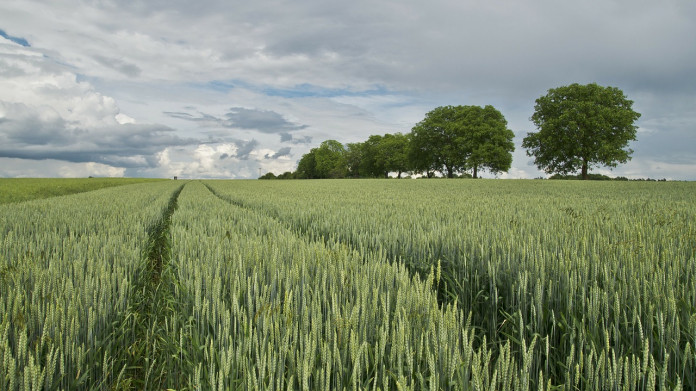AMES, Iowa — Future crop-related technology, grain handling safety and variable rate technology came to the forefront at National Farmers national convention in Springfield, Missouri, Jan. 25, in sessions led by three University of Missouri-Columbia Extension engineers.
Agricultural technology and the ability to feed the 9 billion people estimated to populate the planet by 2050 are closely connected, said Leon Schumacher, Ph.D., program chair, agricultural systems management.
Technology
The population increase will require a 70 percent increase in food, and technology may help through smart power systems, precision agriculture, farm management software, affordable sensors, smart internet systems and a mesh-like internet grid, and a plan to transfer U.S. technology to other countries, he said.
John Deere and Case-IH each offer 32 free apps on GooglePlay, Caterpillar, nine, and AGCO, three. Beyond that, producers can run many ag systems from smartphones, and find tractor rollover detection apps and apps to reduce environmental risks by calculating pesticide volumes.
Technology is great if it’s cost-effective, he said.
Kent Shannon, MU Extension engineer, said he sees progress ahead in technology with soil sensors and variable rate planting, including planting more than one hybrid. Sensors are also paired with drone technology to collect information, and companies more and more will bring soil maps and nitrogen application maps that way, he said.
Nitrogen
Nitrogen is the No. 1 researched soil nutrient, Shannon said, and in 55 MU replicated on-farm trials, with sensor-based nitrogen application, the results showed the method’s effectiveness.
Ag innovation reaches into the grain handling safety sector, as well. Bob Schutlheis, MU Extension engineer, said, “Never enter a bin, that has flowing grain, ever.”
With a tabletop model grain bin, Schultheis demonstrated for producers how quickly entrapment can happen, and suggested producers talk to their fire departments about obtaining rescue tubes. Fire department officials can work with MU Extension to learn how to get a grain bin rescue tube.
Schultheis stressed following safety practices, such as not operating grain handling equipment without another person present and if a producer must enter a bin, wearing a harness with a safety line attached to the outside.
“Successful storage of grain is safe storage of grain,” Schultheis said.
He urged monitoring of bins for safe oxygen levels, moisture and temperature with meters, and probes for samples from different places and increased accuracy.










